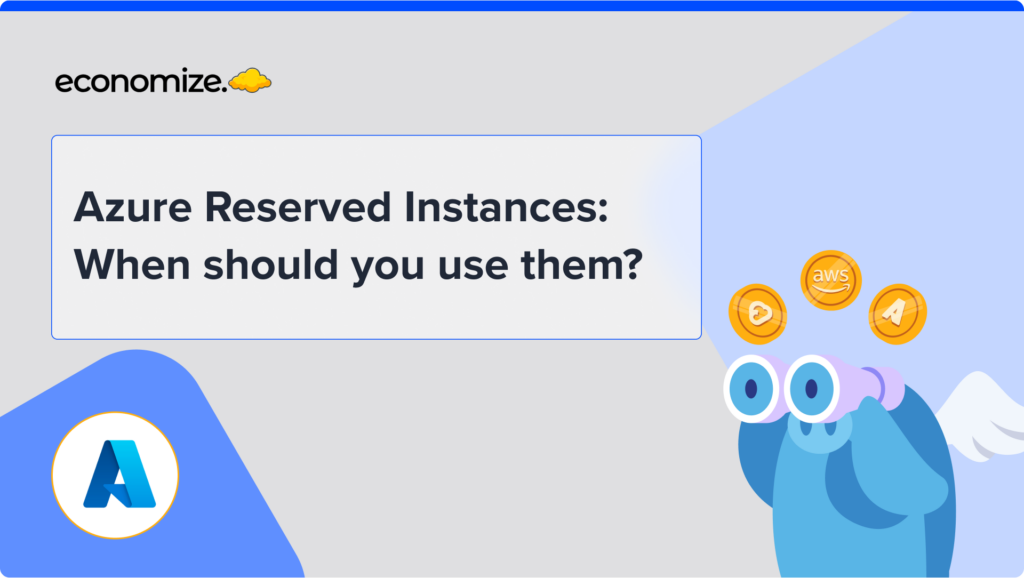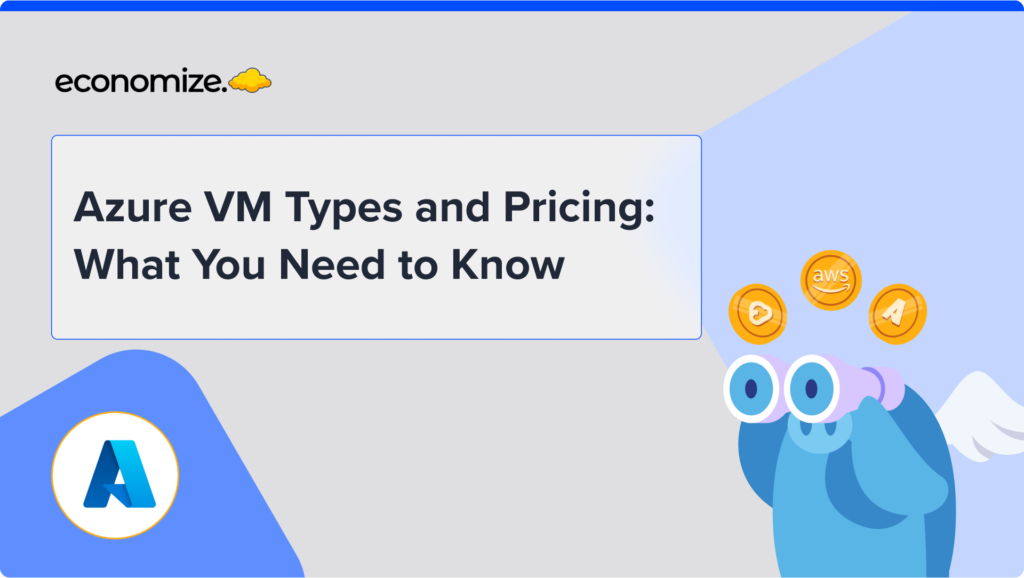What is BigQuery?
The BigQuery service from Google Cloud Platform allows you to produce, manage, distribute, and query data, as well as perform data warehousing, analytics, and machine learning. With BigQuery, you can analyze large amounts of data and use cloud-based parallel computing to fulfil your big data demands.
It enables you to run petabyte-scale queries and receive results in seconds, as well as providing the advantages of a fully managed system. Since it is built on serverless architecture, you don’t have to worry about infrastructure or hardware administration. Additionally, BigQuery automatically replicates your data across multiple sites. In terms of company data, this guarantees exceptional stability and performance.
Unlike most other cloud-based data warehouses, this Google solution requires little to no upkeep. Therefore, you can access Google’s Data Warehouse from any location where Google Cloud is available.
BigQuery Architecture
BigQuery architecture is designed for fast and scalable analytics. The architecture decouples the storage and computing capacities which allows them to scale independently.
BigQuery stores data in a columnar format. The storage, also known as the capacitor enables cost-effective querying by reading only the column needed for a specific query.
Compute is based on the Dremel execution engine, which is a multi-tenant cluster that executes the SQL queries. It executes parallel processing across multiple nodes. These nodes manage the resources dynamically. the engine also optimizes the query performance using techniques like query pipelining and result caching.
When to use BigQuery?
BigQuery is designed to conduct complicated analytical queries, so it would be pointless to run queries for simple aggregation or filtering. In a relational database, the best results come when you have queries that take more than five seconds to complete. BigQuery is designed for “heavy” queries, those that require a large amount of data.
BigQuery’s built-in cache makes it ideal for cases when data does not change frequently and you wish to use prefetching. What exactly does this mean? If you conduct the same query and the data in the tables hasn’t changed (updated), BigQuery will just use the cached results rather than rerunning the query. In addition, BigQuery does not charge for cached searches. It’s worth noting that even cached queries can take up to 1.2 seconds to retrieve results.
You could also leverage BigQuery to lessen the burden on your relational database. Analytical queries are “heavy,” and applying them too often in a relational database might pose complications. As a result, you may be obliged to consider server scaling in the future. You may, however, relocate these ongoing queries to a third-party service with BigQuery, so they don’t influence your main relational database.
How does BigQuery work?
The storage and compute resources are decoupled in BigQuery’s serverless architecture. This enables you to quickly import data of any size into the warehouse and begin data analysis. The infrastructure technologies that enable this are listed below.
- BigQuery stores data column by column, unlike standard relational databases, which store data row by row. This means that each column is stored in its own file block. BigQuery can reach a very high throughput using this columnar structure, known as Capacitor, which is critical for live analytical processing. Colossus is in charge of storage. This is a global storage system that is designed to read massive volumes of structured data and handle replication, recovery, and distributed management.
- Dremel is in charge of computation. This is a multi-tenant cluster that generates execution trees from SQL queries. The leaves of these trees are known as slots, and a single user can have thousands of slots to perform their queries.
- Jupiter is in charge of data flow between storage (Colossus) and computation (Jupiter) (Dremel). This is a petabit network that transfers data swiftly from one location to another.
- Borg is in charge of allocating hardware resources. This is a cluster management framework that allows BigQuery to perform hundreds of thousands of jobs.
Is Google BigQuery free?
BigQuery’s Sandbox The BigQuery sandbox allows you to test BigQuery’s capabilities for free and make sure it meets your requirements. Without supplying a credit card, creating a billing account, or enabling billing for your project, you can test BigQuery and the Google Cloud console’s different functionalities. The Cloud console is a graphical interface for creating and managing BigQuery resources as well as running SQL queries. To get started, follow these simple steps.
- Open the BigQuery page in your Cloud Console.
- Use your Google Account to log in, or create one if you still don’t have one.
- Accept the terms and conditions of service.
- You must first create a project before using the BigQuery sandbox. To make a new project, simply follow the prompts.
- The sandbox banner (below) appears after you create your project in the Cloud console.
Creating and using a Sandbox is free, but it does come with certain limitations that you should be aware of, in case the data is sensitive.
- Monthly active storage of 10 GB and processed query data of 1 TB.
- You can construct a BigQuery BI Engine capacity of up to 1 GB.
- The default table and partition expiration times are both set to 60 days for all datasets. After 60 days, any tables, views, or partitions in partitioned tables will immediately expire.
Here are the formats supported by BigQuery :
- CSV
- JSONL (JSON lines)
- Avro
- Parquet
- ORC
- Google Sheets (for Google Drive only)
- Cloud Datastore Backup (for Google Cloud Storage only)
The following are not supported by sandbox projects:
- Data in real-time
- Statements in the Data Manipulation Language (DML)
- Data Transfer Service for BigQuery
Upgrade your project and then delete or alter the expiration time for your resources to eliminate the sandbox constraints. You can continue to utilize the free tier after upgrading from the sandbox, but you will be accumulating charges.
For more information on Sandbox and BigQuery, check out Google’s documentation.
GCP’s newest update, BigQuery Studio (designed for big data management in organizations using AI, ML, and LLM) is an all-in-one analytics dashboard that streamlines end-to-end analytics workflows, from data ingestion and transformation to sophisticated predictive analysis.
BigQuery Data Warehouse Advantages and Limitations
Advantages
- Fully managed platform that offers high availability and geo-redundancy without requiring downtime for upgrades.
- Low storage costs combined with industry-leading performance for very large data sets
- BigQuery Omni allows you to query data from Azure, AWS, and Google Cloud Platform.
- It excels at evaluating massive data volumes and employs artificial intelligence to optimize storage automatically.
Limitations
- Queries that haven’t been adjusted for speed or that return a lot of redundant data can soon become expensive.
- Flat tables work best, which can make managing an enterprise data model more challenging.
- In comparison to other platforms, tooling support outside of the GCP ecosystem is frequently weak.
Conclusion
The BigQuery service from Google Cloud Platform allows you to produce, manage, distribute, and query data, as well as perform data warehousing, analytics, and machine learning. BigQuery is a great symbiotic tool to use with your GCP billing datasets. For a better understanding of your Bigquery expenses, check out out BigQuery Pricing Calculator.
We must keep in mind that for any service to display the desired results, all the applicable steps need to be implemented thoroughly. Utilizing BigQuery should be done with comprehensive knowledge to avoid expenditure on redundant data and processes. We hope you get the most out of BigQuery and enjoy the benefits of this contemporary data warehouse!











